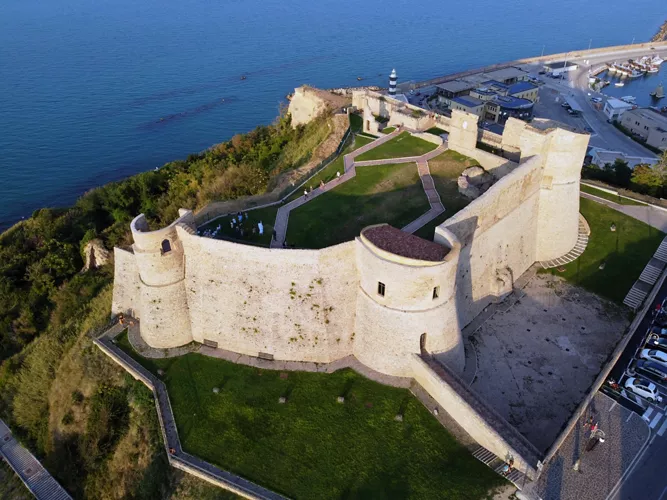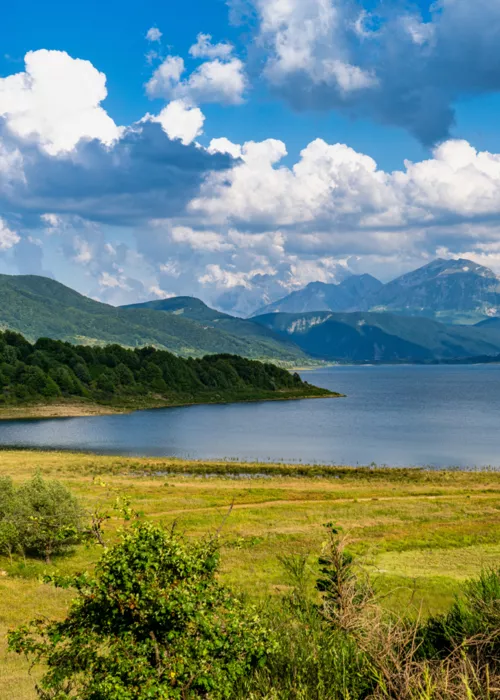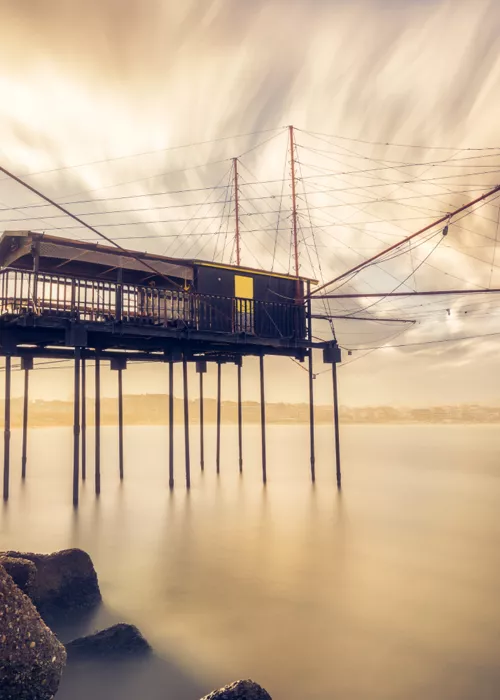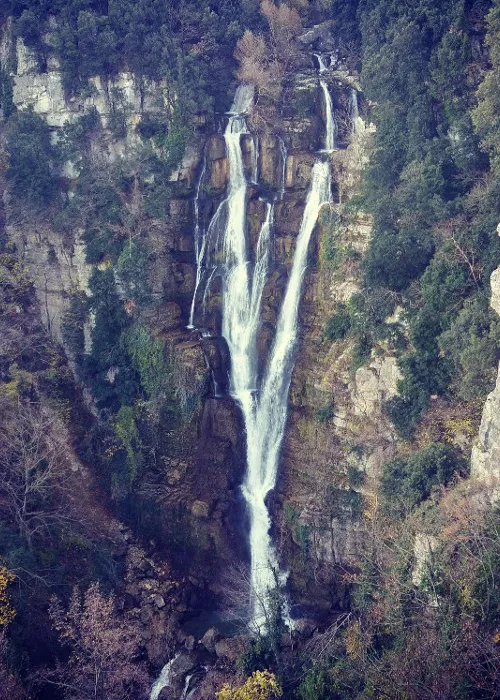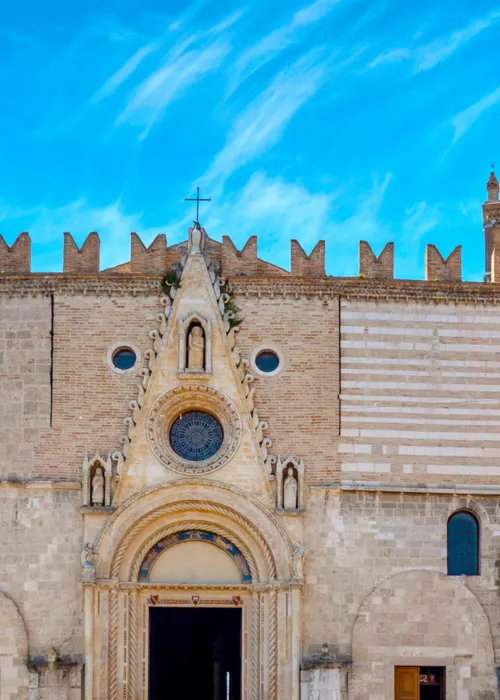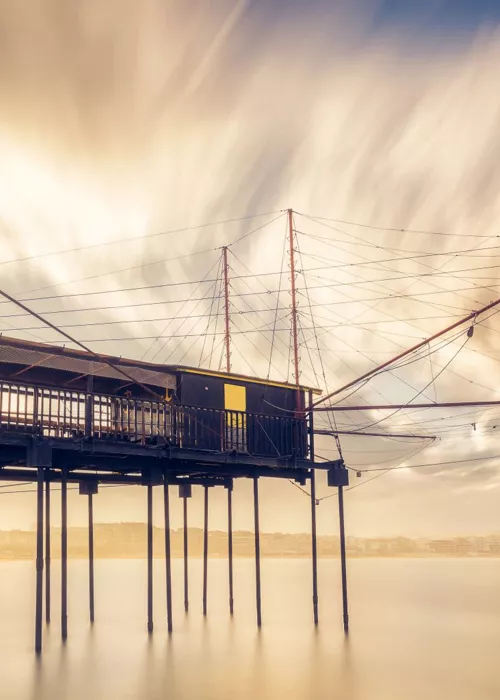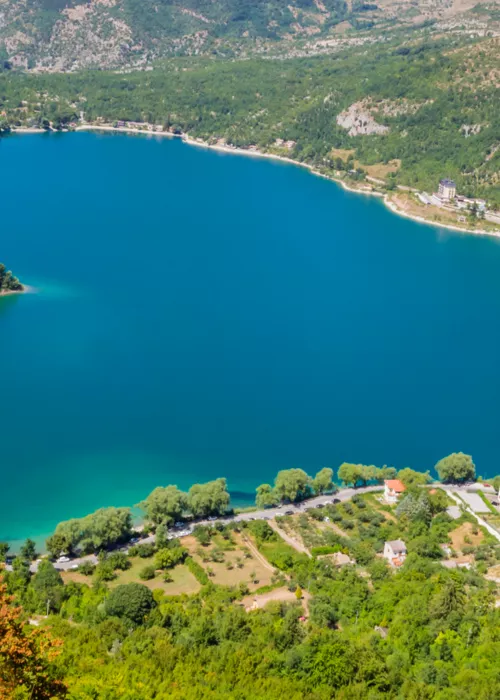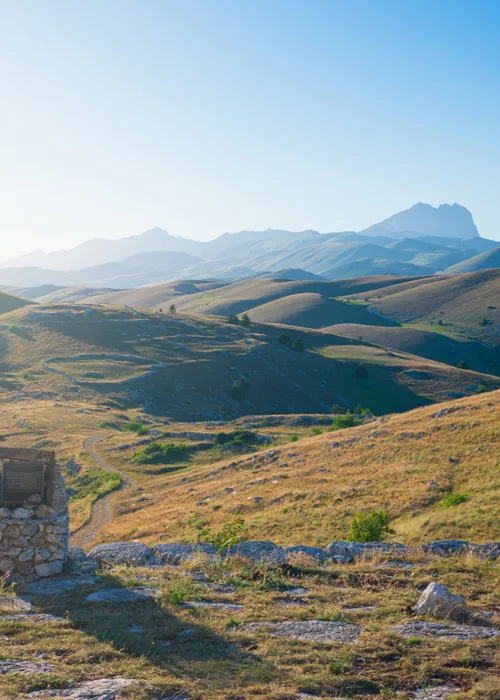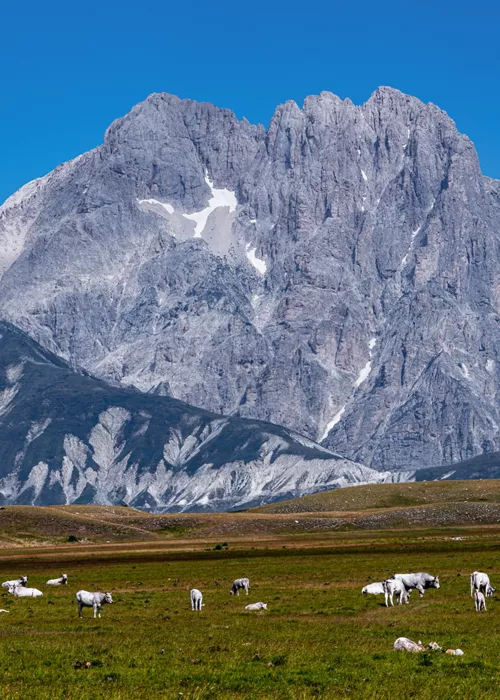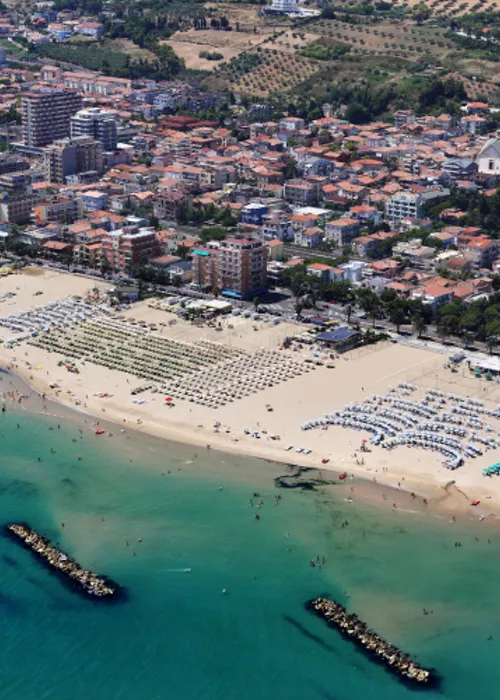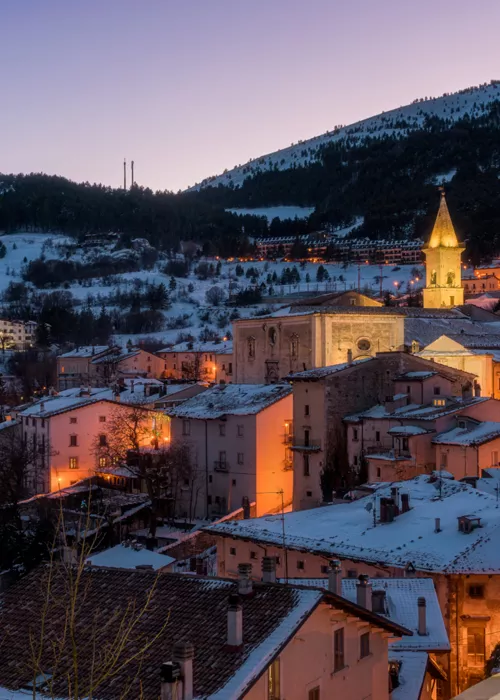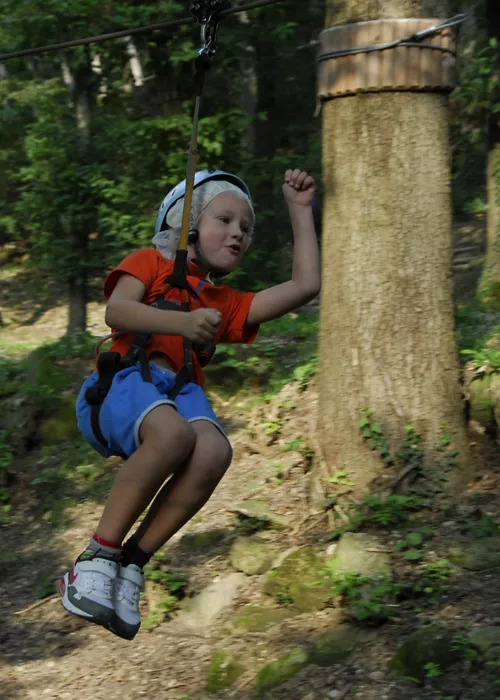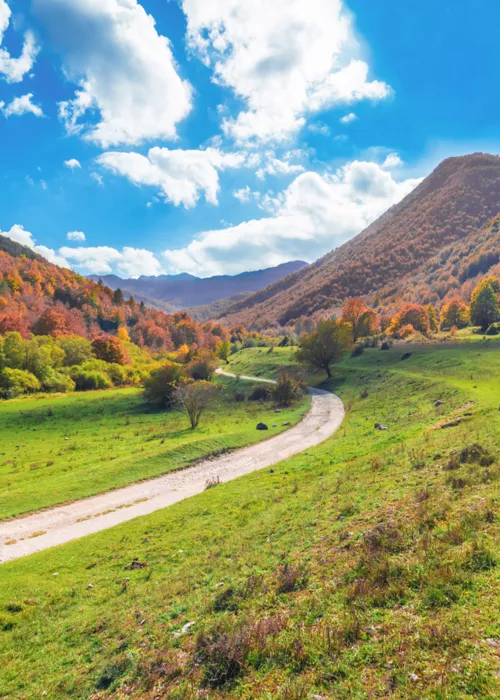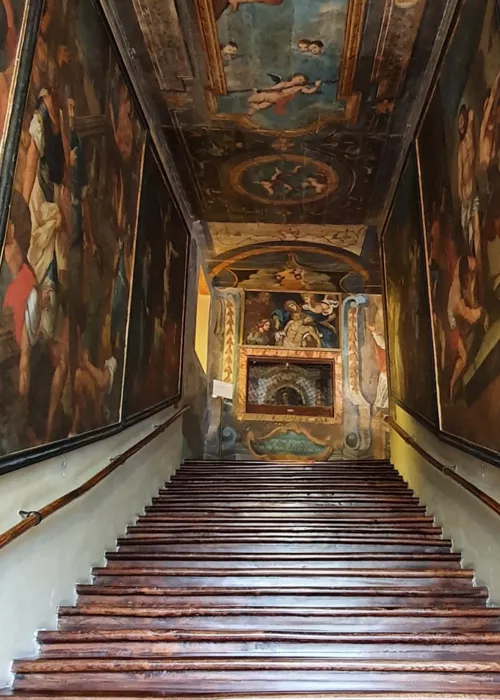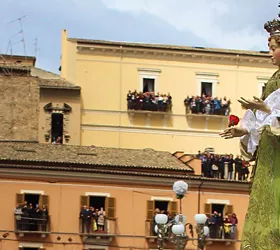The Aragonese Castle of Ortona: a manor house overlooking the sea
Its spectacular location overlooking the sea gives it much of its charm.
The Aragonese Castle of Ortona, in the province of Chieti, softly overlooks the shores of the Adriatic Sea, facing the long Costa dei Trabocchi, with its imposing architecture.
An unmissable journey through 15th-century history linked to the Aragonese domination of the Abruzzo region.
Restored after a period of decay
The marvellous fortress, as we know it today, dates back to the period between 1450 and 1470, when it was transformed from earlier mediaeval buildings. It was supposed to protect Ortona from the Aragonese assault, but failed.
The quadrangular shape in full Renaissance style was chosen by Alfonso of Aragon, who wanted to rebuild the fortress overhanging the sea and make it more strategic in order to protect the town's harbour.
Ortona passed into the hands of Margaret of Austria in 1582, who bought it for 54,000 ducats to convert it into a modern, economically flourishing town. Building innovation concentrated on the built-up area, leaving the Aragonese stronghold almost intact.
The village was run by local administrations that took little interest in the castle's fate, condemning it to a long period of decay. Further damage to its structure occurred in the 20th century: it was hit by bombing in 1943 and by a landslide in 1946. Today it has regained its splendour thanks to careful restoration work undertaken in the 2000s.
A history enlivened by a dark legend
It is impossible to tell the story of Ortona's Aragonese Castle without mentioning the so-called “Legend of the Return”. The story goes that a rich merchant was received at the king's court, met his beautiful daughter, and fell madly in love with her.
The king did not wish to give his daughter's hand in marriage to a sea dog. He therefore promised the merchant to grant him permission to marry his daughter only if he brought him something unique and remarkable as a gift.
Several months passed and there was no sign of the merchant. The princess could not rest until the stormy sea, moved by compassion, led her back to her beloved at the bottom of the sea. In the morning, fruits that had never been seen before appeared on the beach in Ortona. Green and round, they were called monkey brains or Osage oranges. They were an extraordinary gift for the king. Still today, near the castle, fishermen swear they can hear the wails of the princess on stormy nights.
During the Second World War, Ortona was renamed by Winston Churchill as the Stalingrad of Italy: crossed by the Gustav Line, the fortification that divided the peninsula in two, with the Nazi-Fascists to the north and the Anglo-Americans to the south, it was attacked and bombed for about six months.
Antique furnishings, museums and evocative routes
A visit to the Aragonese manor of Ortona holds its own charm: in one of its towers you can visit a small but delightful museum with period pictures and furnishings that belonged to the noble families who lived there over the centuries.
Cyclists and hiking enthusiasts can enjoy a convenient route that leads from the castle to the cycle path along the Ortona coastline.



